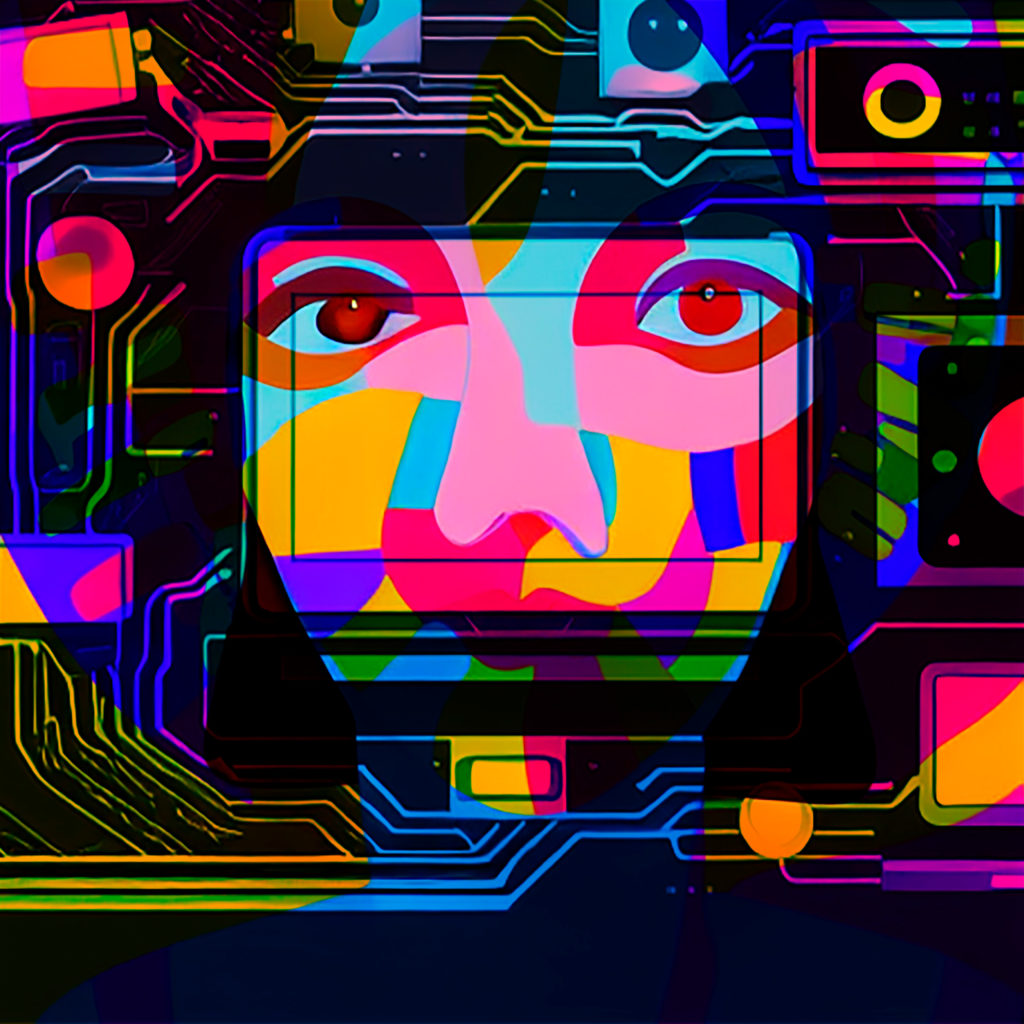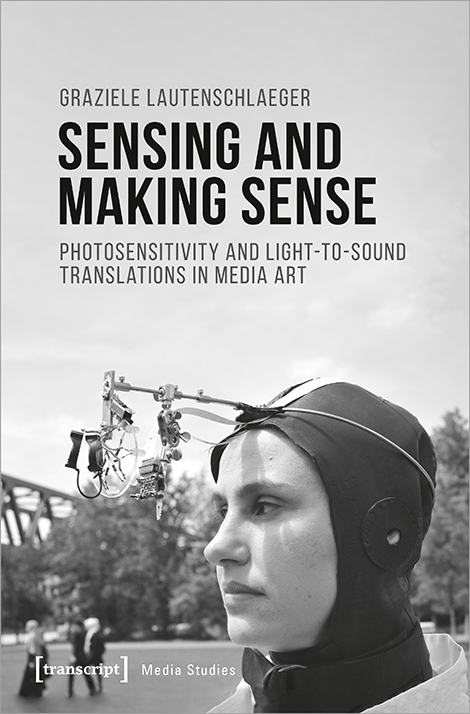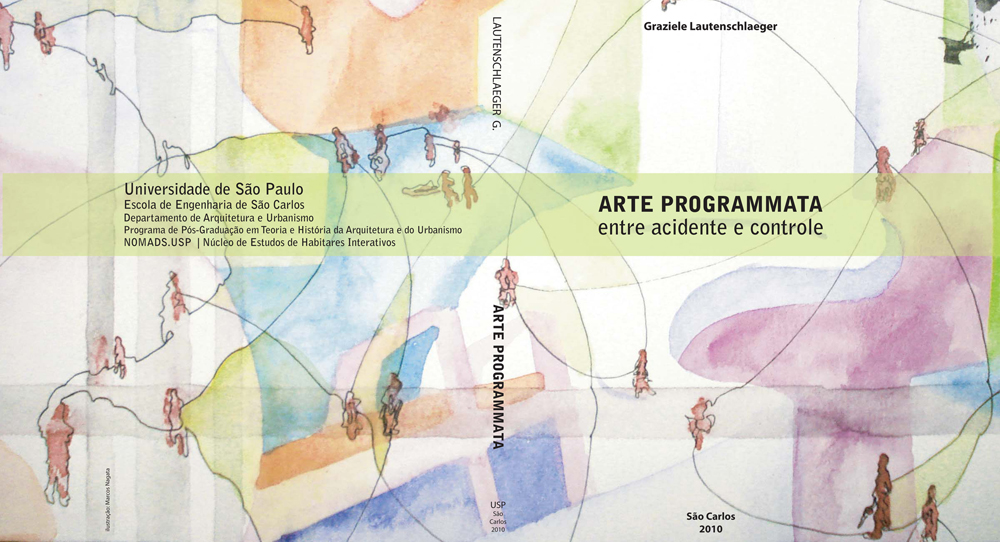
[since 2021] postdoctoral research
POST-HUMAN MOTHERS: TECHNOFEMINISM AND MOTHERHOODS IN MEDIA ART
As a female Latin American media artist and researcher, I often experience how male-dominant the art and technology environment is. Stimulated by my recent experience on motherhood, I recently started approaching technofeminism more directly. While researching on media artworks related to motherhood, I realized that this has been a neglected or surprisingly few discussed topic within both feminist movements and technofeminist art practice. Intrigued by this fact, this research proposal aims to build a genealogy of motherhood in technofeminist art and culture. Departing from VALIE EXPORT´s artworks, it proposes to investigate how they relate to contemporary media artworks, addressing intersectional voices of technofeminism, post-humanism and the inseparability between nature and culture. Among the orienting questions are: How do (media) artists respond to the changes in (techno)feminist movements? What has changed in the artistic expressions since the iconic feminist artworks by VALIE EXPORT? What are the current feminist issues in the media art context and what are the subjects/identities behind them? How do they articulate common symbols, materialities and alternative narratives in relation to motherhood and post-human bodies? The methodology comprises data collection from archive excavations, interviews, a workshop with artist-mothers and artistic practice, followed by the systematization, culture techniques analysis and the communication of relevant information through publications, participation in conferences and the organization of an exhibition. In a Second-order Cybernetics perspective, in which the role of the observer is included in the observing system, the artwork series Binomial integrates the investigation. Preliminary reflections on the absence of motherhood as an issue in media art does not indicate lack of affection inherent to machinic aesthetics, it rather refers to the lack of imaginary variability.
This research is being conducted jointly at the VALIE EXPORT Center and the Künstuniverstität Linz, Austria.

[2014-2018] Phd research
SENSING AND MAKING SENSE: PHOTOSENSITIVITY AND LIGHT-TO-SOUND TRANSLATIONS IN MEDIA ART
PhD research conducted at Humboldt-Universität zu Berlin, under the supervision of Prof. Dr. Wolfgang Schäffner and Prof. Dr. Giselle Beiguelman.
Critical analysis requires the ability to think beyond simplistic dichotomies. This project investigates dichotomies that usually impoverish debates and proposals in media art –including material-immaterial, organic and machinic, theory and practice. Through the analysis of the appropriation of photosensitive elements in media devices and artworks, a critical discussion about media art aesthetics through its very materiality is developed. The methodology combines a historical and analytical approach, through new materialism, media archaeology, cultural techniques and second-order cybernetics. The examination also generates a brief genealogy of photosensitivity in relation to media art.
Each of the aforementioned dichotomies is respectively addressed in three chapters. In the first chapter, Photosensitivity: materialities and operations, photosensitivity is unfolded through the investigation of light-matter interaction from the atomic level to selected technical ensembles and operations. The project explores the notion of active matter, a relational perspective of materiality, which is also the fundament of the very notion of ‘media’ and, by extension, media art and its informational aesthetics. Chapter two, Photosensitivity shaping hybrid systems, focuses on the dichotomy organic-machinic. Since organic and machinic photosensitive elements have been used indistinctively in media artworks as creative sources, the analysis elucidates a circular, continuous and mutual influence between organic and machinic elements. The third chapter, Light-to-sound translations, focuses on the analysis of media devices and artworks based on light-to-sound translations, including a performance, Self-portrait of an absence, developed by the author. Articulating Flusser’s perspective on the zero-dimensionality of electronic and digital media, the chapter unfolds the notion of translation of materialities, indicating the multiple roles of absence as a potent element in the creation of media artworks.
Several known media stories are reframed from an alternative perspective – that of photosensitivity. The reframing elucidates specific elements and implications of photosensitive qualities of media artworks as a metonymy to provide general and crucial guiding criteria for the media art production, criticism, education and diffusion. Addressed to art students, artists, curators and theoreticians, this investigation contributes to a critical perspective of scientific and technological knowledge in aesthetic experimentations.
thesis submitted on September 27th 2018, defended on January 31st 2019, published by transcript in 2020.

[2007-2010] Master research
ARTE PROGRAMMATA: ENTRE ACIDENTE E CONTROLE
Master thesis defended in 2010 at the Architecture and Urbanism Department / Engineering School of São Carlos at the University of São Paulo. Supervision by Prof. Dr. Anja Pratschke.
The research analyzed the production processes of Contemporary Media Art (post-1990´s) through the Second-Order Cybernetics perspective, whose principles study the observer while observing the system, and analyzes the relationship between observer and observed as a circular motion. The research methodology was based on the Grounded Theory. The argument emerges by blending together the theoretical framework with the information collected through observations, conversations and interviews. The analysis is developed in three chapters, all interrelated exploring the relationships between accident and control in Media Art. In the first chapter a conceptual framework to situate Media Art within Contemporary Art is developed. The second chapter addresses the relationships that emerge from the interaction among the creative agents during the creative processes, observing such production as a social system being ruled by conversations. In the third chapter, picturing the collective creative experience as means to the construction of Knowledge Spaces, the understandings on the production process of Media Art is transposed to the Architectural field. The final considerations regarding the relations between Media Art and Architecture leads to the utopian character of our arguments.
More details about the research process at Nomads‘ website: +ArteProgrammata
